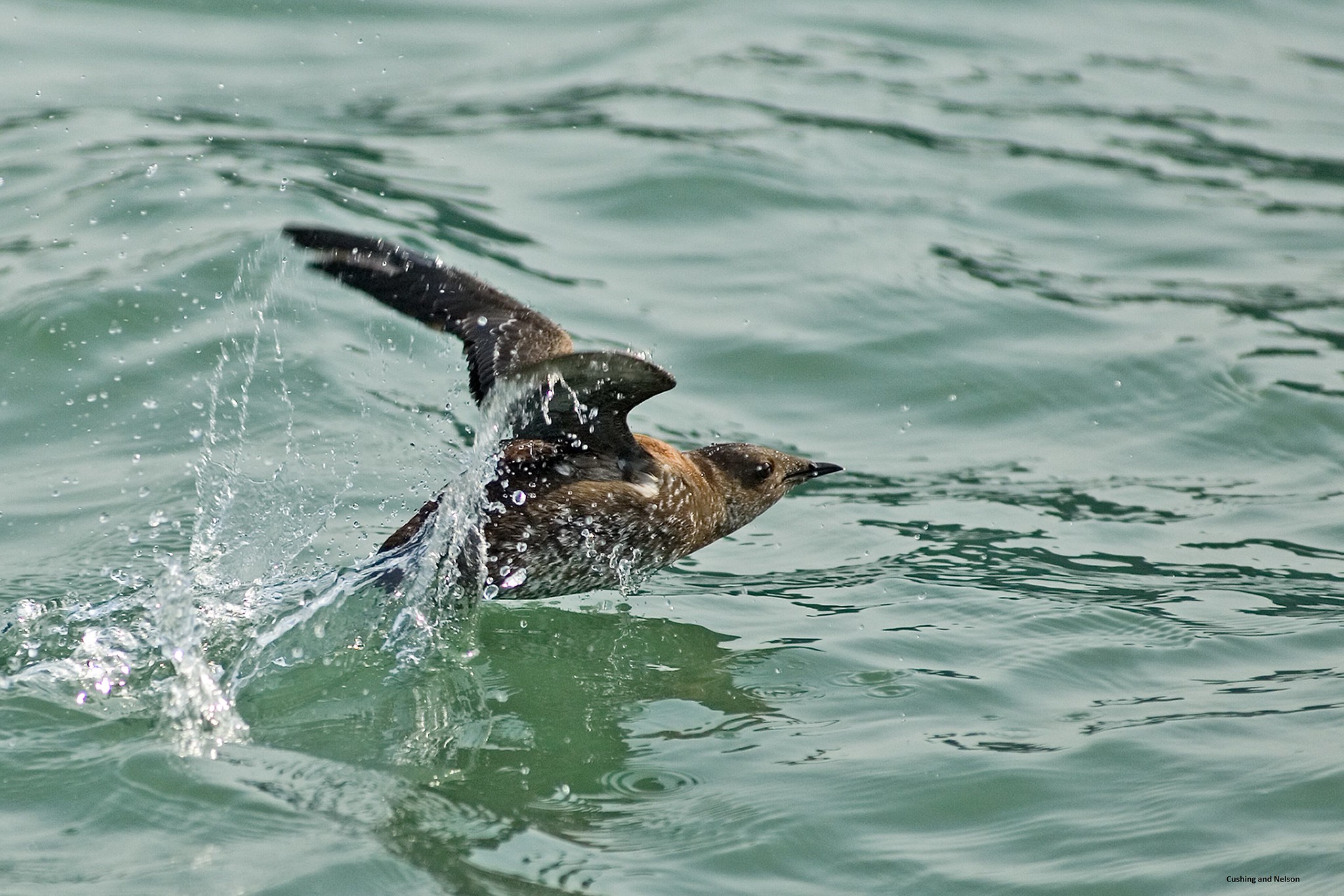The third State of the Sound Report summarizes what is known about Puget Sound, its resources, and trends that threaten it.
Encyclopedia of Puget Sound Homepage
Explore the Encyclopedia
Homepage Submenu
Latest Articles

The Puget Sound Partnership, the state agency that leads the region’s collective effort to protect and restore Puget Sound, publishes the State of the Sound report every two years. The document reports on both the status of the Partnership's recovery efforts and a suite of ecosystem indicators referred to as the Puget Sound Vital Signs.

A 2025 state of the knowledge report provides a technical background to support informed decision making and recovery planning focused on the Marine Water Quality Vital Sign.

Since 2011, the Puget Sound Ecosystem Monitoring Program has released the annual Puget Sound Marine Waters Overview report. The latest report combines a wealth of data from comprehensive monitoring programs and provides a concise summary of what was happening in Puget Sound’s marine waters during 2024. The report represents the collective effort of

Marbled murrelets are a rare sight in Puget Sound. The threatened birds have declined severely in California, Oregon, and Washington, and biologists are intrigued by their summer presence in Commencement Bay.

Knowing the cause of sea star wasting disease allows scientists to look for ways to increase resilience among the ravaged sea star population.



